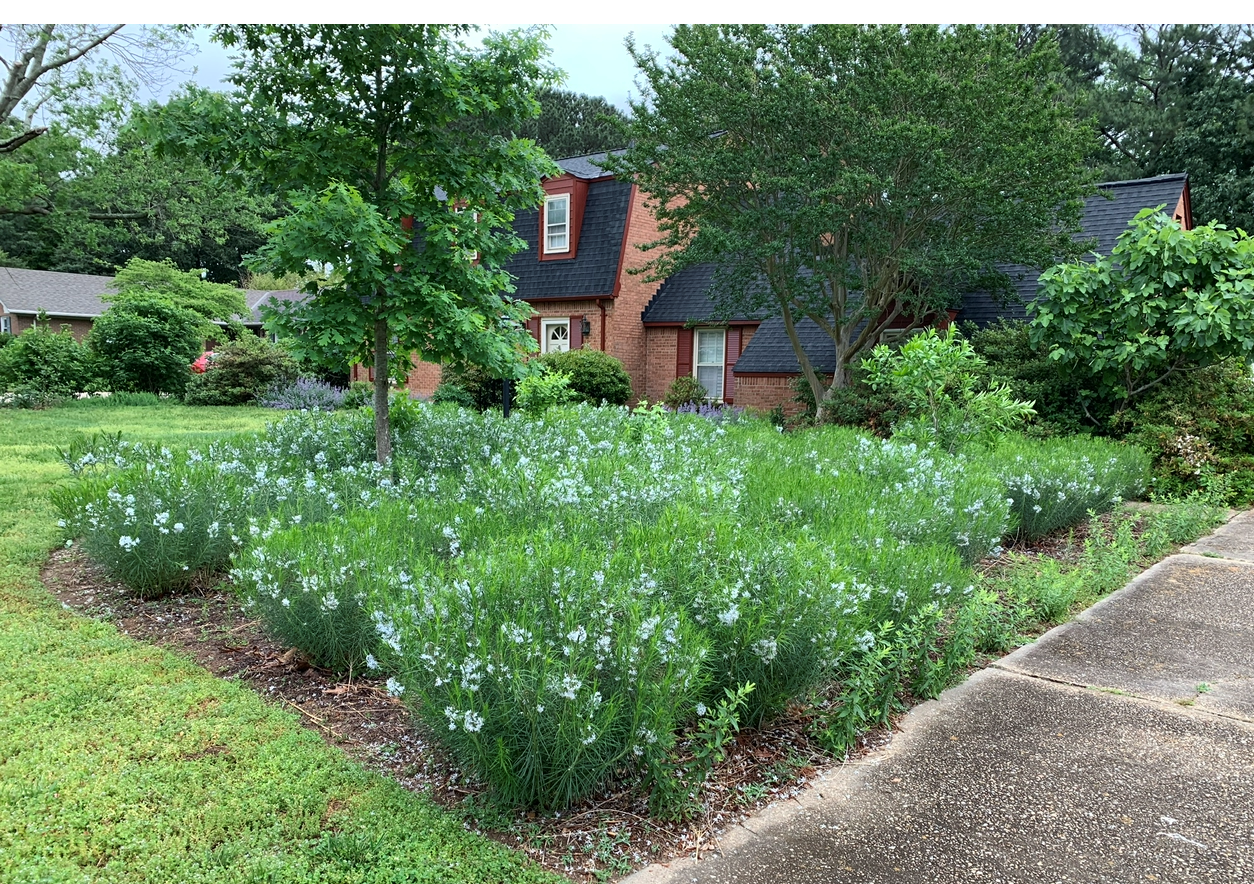The Patient Gardener - Delayed Gratification in an Impatient World
I’d like to think that if there’s one skill we’ve had to hone in 2020, it’s patience. Patience with our children, patience with family, patience with overburdoned service providers, and patience with ourselves. I am the least patient person I know. And yet… the one area I’ve always managed to find patience is in the garden. No matter how many times you stare down a sprouted seed or try to heckle it into fruiting, a plant is going to grow (or die) at its own pace, and none of your anxious energy will hasten things along. I’ve adapted to not quite ignoring young plants, but paying less attention to them, focusing on other pressing issues in the garden, like weeding, which always provides more than enough work to keep me occupied.
Everything grows at its own pace, but the gardening adage of, "The first year they sleep, the second year they creep and the third year they leap!" is one I often find myself reciting to clients when planting perennial plants (most of what I use). I would like to share some examples from my own garden below.
Amsonia hubrichtii, Bluestar, year 1 (spring, 2017, planted fall 2016)
By year 2, things were starting to get interesting (spring, 2018)
By year 3, the plants had nearly reached their maximum size (and were starting to spread via seed!) (spring, 2019)
“Patience is the art of hoping”
Another example of a “wildflower area” in our backyard, with photos each year of spring and summer. That first year of “sleeping,” is when all the action is happening underground! In very unscientific language, those roots are getting busy below ground! They are working hard at settling into their new home, and reaching out into the space around them, anchoring themselves in place and maximizing their access to water and nutrients in the soil.
Planting, Spring 2015
Summer, 2015
The second year, they “creep,” continuing to expand their root systems underground, but pushing out a little more top growth as well, important in helping the plant get more energy from the sun to continue growing!
Spring, 2016
Summer, 2016
Now, they’re ready to “leap!” With a strong foundation laid, the plants can work toward reaching their full potential!
Spring, 2017
Summer, 2017
(Again, this is why early maintenance is so critical! Keeping weed competition out of the area allows the plants to continue expanding their roots and strengthen until the can fill the niches, both above and below ground to outcompete those pesky weeds.)
Please try to manage your expectations when it comes to establishing a new garden. I often have clients call me a few months after planting, or spring of the next year, believing that their plants have died because they expect to see the final garden I’ve shown them in a photo mockup. Gardens are not the stuff of home improvement shows, and unless they are made up entirely of hardscape and sod (if you can call that a garden), you’re not going to see instantaneous results when installing a new garden. My advice is to enjoy the process of getting to know your plants, but maybe not pestering them every day initially. Take pictures, so you can compare over time and see that yes, even though you might not notice from day to day, they are changing. Enjoy the other things happening around you while you’re in the garden. Are there new insects? Birds? Who else is hanging out around your new plants? How is the soil? Is it staying moist enough for your new plants? Are you keeping it covered with some type of mulch until the plants take over? Maybe the reason I’m so “patient” in the garden is because there are too many other things to do while I’m waiting for the plants to grow!
I have many hopes for the New Year as we head in 2021, and as the quote above states, “Patience is the art of hoping.” I hope we can all practice a bit more patience in every part of our lives as we hope and dream of what our gardens (and other parts of our lives) can grow and develop into!
What are your hopes for your garden in 2021? Share in the comments below!









